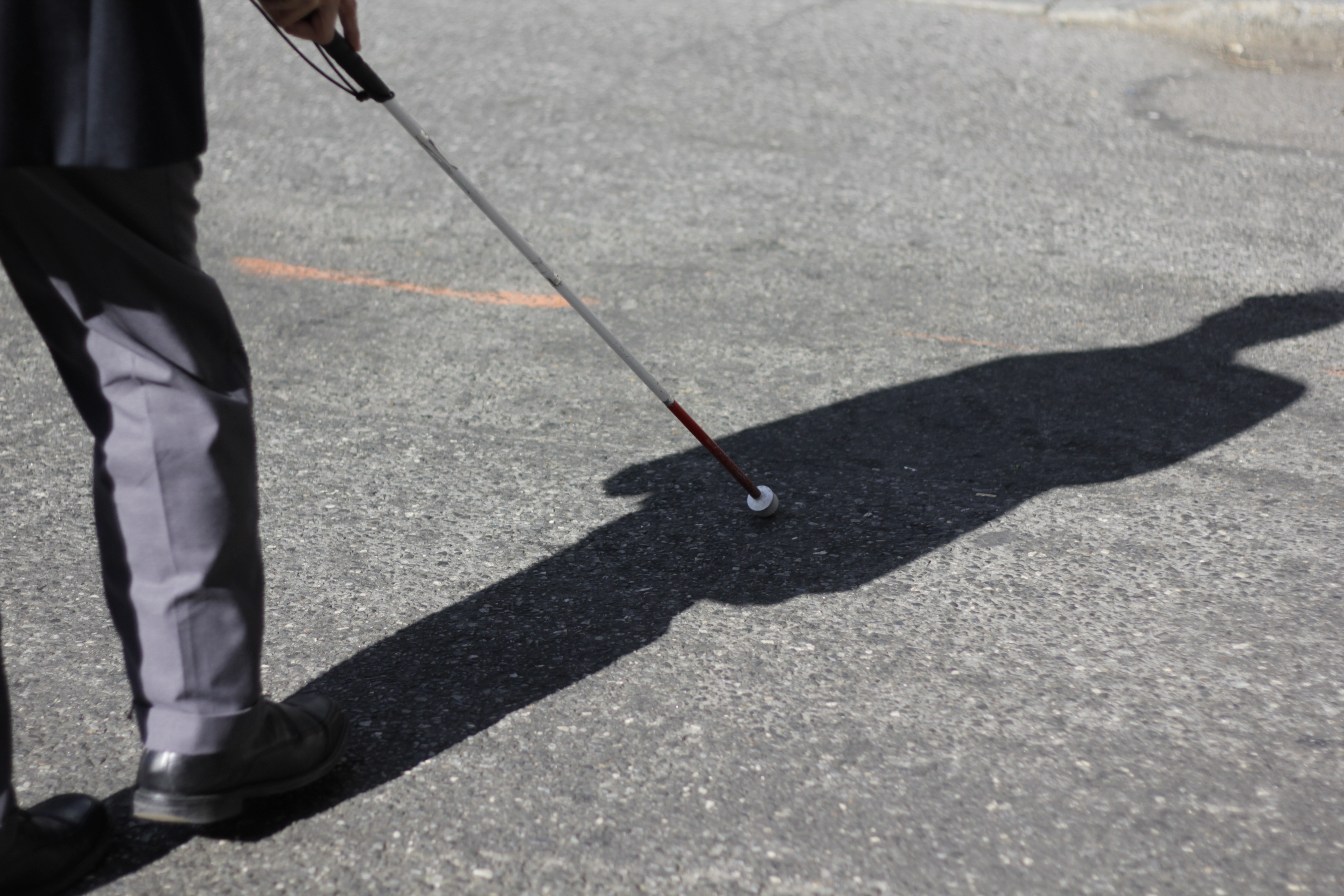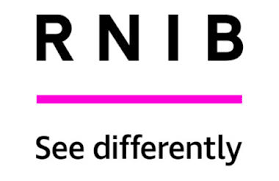If a well-meaning neighbour offered to do your lockdown shopping, would you be brave enough to ask for a bottle of sherry and a bag of cheese and onion crisps? Visually impaired campaigner Anna Tylor did just that, as she describes wryly on her blog.
Anna was struggling to get her usual supermarket delivery slot as blind and partially sighted people in the UK are not classified as “clinically extremely vulnerable” so are not automatically entitled to food parcels, priority supermarket deliveries or help with basic care needs.
Aside from diabetes, the most common causes of visual impairment in Europe are age-related macular disease, inherited retinal diseases, and glaucoma. These conditions affect only the eyes and do not cause greater susceptibility to Covid-19 or any other communicable disease. But consider the challenges faced by a visually impaired person going to a supermarket during lockdown.
New challenges
Most people registered as sight impaired have some vision. With magnifiers or high-powered glasses they can often read price labels and packet descriptions – but only from a couple of centimetres. Many use smartphone apps to read printed text aloud, or barcode scanners to identify products. Braille readers need to touch packets to read labels.
These techniques maintain independence in normal times. Now, though, many visually impaired people are concerned by having to touch multiple items, moving them closer to their eyes, and spending longer in a potentially virus-laden environment.
Supermarkets usually allow a staff member to accompany a visually impaired person around the shop. Now, though, this would mean spending more time in close contact with a potential asymptomatic carrier. Social distancing is even more difficult for people with reduced hearing as well as bad eyesight. It is far harder to hear someone from two metres away than from 50 cm, and there are worrying reports of tactile interpreters for deafblind people not being available in healthcare settings.

Image credit: Pexels
Kelly Carver, a man in his 50s who has progressively lost vision due to retinitis pigmentosa, told me about social distancing with a white cane.
I guess as a low vision person, I have the right of way and people need to heed the 6ft distance from me. Still, that’s not particularly comforting. I don’t want to foist that upon others.
Kelly Carver
At home, people who can’t see well and live alone face challenges in reading use-by dates, checking cooking instructions on a food packet, or making sure they’re taking the right dose of medication.
Those with tech skills and good internet connections might use video-calling, artificial intelligence apps such as Seeing AI or crowdsourced assistance like BeMyEyes. Inclusive design means new technology has been widely adopted by people with visual impairment. However, people without these devices might rely on volunteers from sight loss charities, many of which are no longer offering home visits.
Sending the wrong signal
But some people with visual impairment don’t want to have special dispensations made for them. A fit and healthy 21-year old woman who happens to have poor vision may not want to be included on a list of the most vulnerable people in the country.
When only one in four blind or partially sighted people is in employment, and nearly 40 percent of visually impaired graduates are out of work, classifying people who don’t see well as being in need of more support might send the wrong signal to employers and wider society.
Anna Tylor is worried about the competing needs of people at high clinical risk from Covid-19 and those vulnerable from sight loss:
I’m horrified that disabled people have been displaced by ‘vulnerable groups’, thus creating a two tier vulnerable system.
Anna Tylor
Some help is available. If people with visual impairment can get through on the phone to their supermarket they can ask to be put onto a priority delivery list. Staff in shops will still help on request, usually separated by the length of a trolley.
The London Taxicard scheme has been extended to pick up and deliver essential supplies. Neighbours, communities and mutual aid groups will help with essential shopping and safe social contact.
How can you best help someone with visual impairment during lockdown? #AskDontGrab, as blind Twitter users emphasise. Give people distance if you think they’re struggling to see you. Don’t shout at people who accidentally encroach on your space. Announce who you are, and tell people when you’re leaving so they don’t end up speaking into thin air.![]()
This article is republished from The Conversation under a Creative Commons license. Read the original article.
The views expressed in this article are those of the author and do not necessarily reflect the views of EachOther.





